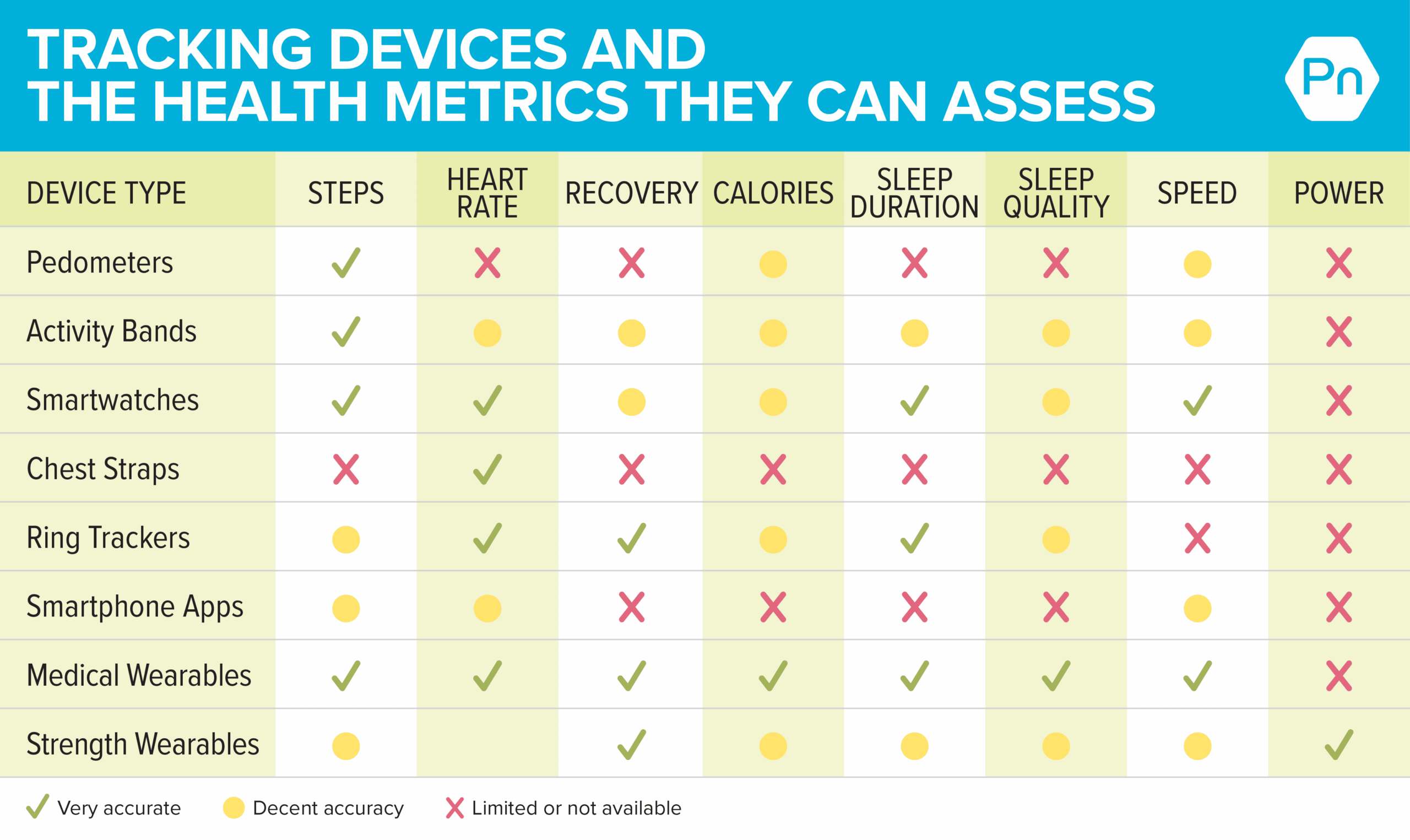Tracking has a time and a place. When scores are beyond your control or your priorities lie elsewhere, tracking can create unnecessary stress and is counterproductive.
You can always revisit tracking when circumstances or priorities change.
Sign #2: Clear feedback from data is enhancing your motivation and ability.
For a behaviour to take place, you need three things4:
- Motivation: A compelling reason or desire to take action toward achieving something. This can come from external sources (your spouse is urging you to quit smoking) or internal drives (you’ve always dreamed of running a marathon).
- Ability: You have a combination of skills, plus opportunities to express them. (For example, you know how to do a simple resistance training routine, and you have 20 minutes a day to execute it.) This may involve overcoming constraints like time, money, mental and/or physical effort, social pressures, and changes to routine.5
- Prompt: A prompt is a cue or instruction that elicits an action. (For example, when your GPS tells you to turn left, or when your restless legs “remind” you you’re due for a walk.) Critically, even with high levels of motivation and ability, you may not take action—or the right kind of action—without a prompt.
Fitness trackers shine when you’ve got plenty of motivation and ability—and just lack the prompt.




Post Comment